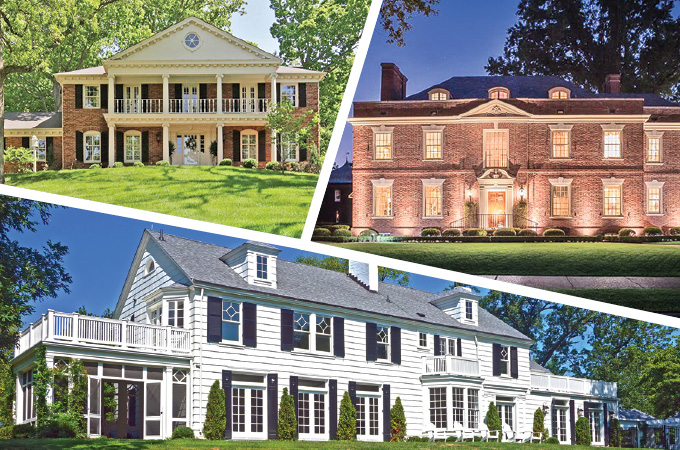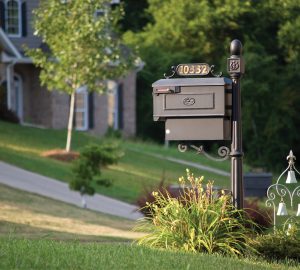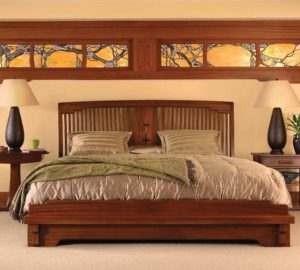ladue | Ladue is a mecca for buyers seeking fine houses, large estates and stylish living. Scions of prominent St. Louis families (Busch, Maritz, Pulitzer and Schlafly) have called it home, and seven-figure properties abound among its manicured landscapes. According to realtor.com, the area’s median listing price tends to hover around $1 million, with a bit more fluctuation over the last few years than some other areas have seen.
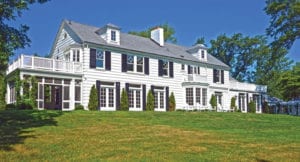 Ladue’s real estate history is closely tied to those big St. Louis names. Families value the privacy afforded by this luxury-minded community, which got its start around the turn of the last century. “We recently listed a $3.1 million home on Edgewood Road (pictured), a Schlafly family property that had never been advertised to the public since it was built 95 years ago,” says partner J. Warner of Warner Hall Group Real Estate.
Ladue’s real estate history is closely tied to those big St. Louis names. Families value the privacy afforded by this luxury-minded community, which got its start around the turn of the last century. “We recently listed a $3.1 million home on Edgewood Road (pictured), a Schlafly family property that had never been advertised to the public since it was built 95 years ago,” says partner J. Warner of Warner Hall Group Real Estate.
He says the company has seen an uptick in buyers from the western United States who are interested in Ladue properties. “We think it’s in response to its convenience, walkability, restaurants, retail and parks,” Warner says. “For many years, suburban life was a new and exciting idea. Now, those raised in the suburbs are finding excitement in ‘exurban’ locations very near cities. Ladue fits into that category.”
At the same time, Warner Hall partner Sam Hall says there also has been an age shift among luxury buyers in the area. “Money is moving from the baby boomers to the generation Xers and the first wave of millennials,” he notes. “The wealth in those latter demographics is pretty amazing.” He says high-end buyers can find just about whatever they want, from a more modest home to a $5 million-plus estate.
“Ladue real estate really has evolved,” Hall adds. “The area grew exponentially after World War II until the 1970s, and it’s been very consistently sough-tafter from the 1980s on.”
>> Ladue Found by Charlene Bry gives an in-depth look at the community’s rich history.
central west end
Agent Ann Wroth of Gladys Manion Real Estate says the Central West End has seen significant changes since its late 19th-century beginnings. Development got a kickstart when nearby Forest Park was preparing to host the 1904 World’s Fair and wealthy citizens clamored to build beautiful homes in the area. Now, the CWE is known as one of the busiest and most unusual neighborhoods in St. Louis.
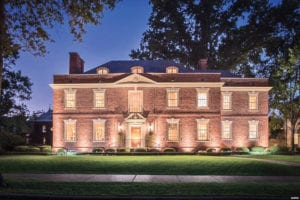 Portland and Westmoreland places are the main streets people think of when looking at luxury properties in the area, Wroth notes. “They include about 120 houses ranging in size from 6,000 to 14,000 square feet, many dating from more than a century ago and designed by prestigious architecture firms like Maritz & Young and Jamieson & Spearl,” Wroth says. “In the 1990s, these homes became very popular among young buyers who wanted to feel like they were living in a castle.”
Portland and Westmoreland places are the main streets people think of when looking at luxury properties in the area, Wroth notes. “They include about 120 houses ranging in size from 6,000 to 14,000 square feet, many dating from more than a century ago and designed by prestigious architecture firms like Maritz & Young and Jamieson & Spearl,” Wroth says. “In the 1990s, these homes became very popular among young buyers who wanted to feel like they were living in a castle.”
When fear set in during the stock market crisis of 2007-2008, many owners tried to unload their fairy-tale homes. “Not only did the value of their properties go down, but their stock portfolios did, too,” Wroth explains. The bigger, older and more complex the home, the more it tended to drop in value—some by as much as 40 percent. “We had a client sell a $3 million property for half that,” Wroth says. While the market has recovered, luxury neighborhoods have been among the slowest to rebound, she notes.
Another defining change in the area has been the evolution of the tear-down market. “We’ve seen buyers demolish a 3,000-square-foot ranch to replace it with a $2.5 million home,” Wroth says. “Some owners even have torn down larger, older houses, which is sad to see.” Although the Central West End has changed over the years, including adding new apartment communities, the neighborhood’s unique vibe has stayed the same, according to Wroth. “People love living in the CWE because it’s eclectic. They can walk to dinner and enjoy people-watching,” she notes. “These days, a CWE home that is beautifully rehabbed and move-in ready will sell for a high price per square foot because there are no unknowns for the buyer. It’s not scary.”
>> Nine Network’s documentary, A Place Worth Saving, tells the interesting story of the CWE.
town and country
Originally an 1880s farming community known as Altheim, Town & Country took on its current identity in 1950 when it had just 160 residents. Later, surrounding territory was annexed; even though the city now encompasses just under 12 square miles, it has one of the highest median household incomes in Missouri.
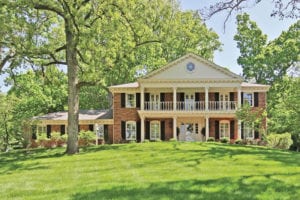 True to its name, Town & Country offers a touch of the bucolic along with some of the loveliest residential properties in the region, says agent Megan Rowe of Laura McCarthy Real Estate. She says the community’s oldest developments include Country Life Acres, first laid out in the 1920s. “The area feels a lot like the lanes of Ladue,” Rowe says. “It’s very charming and well established, and there are homes in the $3 million to $4 million-plus range. The settings are beautiful, and some homeowners still keep horses on their land.”
True to its name, Town & Country offers a touch of the bucolic along with some of the loveliest residential properties in the region, says agent Megan Rowe of Laura McCarthy Real Estate. She says the community’s oldest developments include Country Life Acres, first laid out in the 1920s. “The area feels a lot like the lanes of Ladue,” Rowe says. “It’s very charming and well established, and there are homes in the $3 million to $4 million-plus range. The settings are beautiful, and some homeowners still keep horses on their land.”
Rowe says the Town & Country real estate market—like the overall St. Louis market—has not been subject to the price swings that other cities have experienced in recent years. “It’s been pretty consistent, without a lot of highs or lows,” she notes. “One area might be on fire and another might be fairly stagnant at times, but that has kept the market equalized.”
She adds that Town & Country is paying particular attention to residents’ well-being through increased walkability, which has made it even more attractive to buyers. “The city’s sidewalks are great, the streets are quiet, and there are very few days of the year that you can’t go for a walk,” she notes. “You feel like you’re miles from everything, but also right in the middle of things.”
>> To learn more about Town & Country history, visit town-and-country.org.





